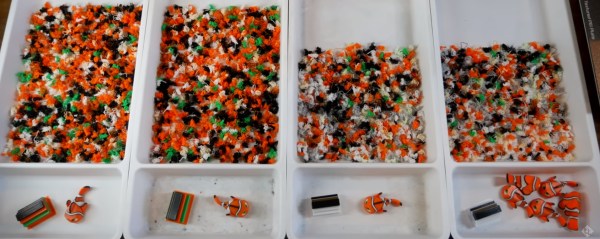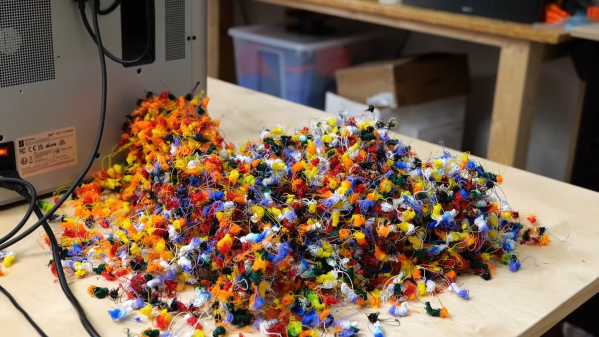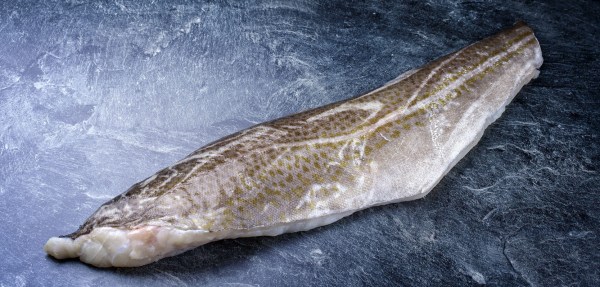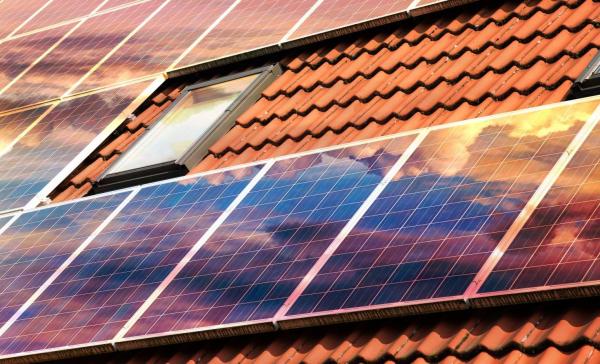There are a lot of things that get landfilled that have some marginal value, but generally if there’s not a huge amount of money to be made recycling things they won’t get recycled. It might not be surprising to most that this is true of almost all plastic, a substantial portion of glass, and even a lot of paper and metals, but what might come as a shock is that plenty of rechargeable lithium batteries are included in this list as well. It’s cheaper to build lithium batteries into one-time-use items like disposable vape pens and just throw them out after one (or less than one) charge cycle, but if you have some spare time these batteries are plenty useful.
[Chris Doel] found over a hundred disposable vape pens after a local music festival and collected them all to build into a battery powerful enough for an ebike. Granted, this involves a lot of work disassembling each vape which is full of some fairly toxic compounds and which also generally tend to have some sensitive electronics, but once each pen was disassembled the real work of building a battery gets going. He starts with testing each cell and charging them to the same voltage, grouping cells with similar internal resistances. From there he assembles them into a 48V pack with a battery management system and custom 3D printed cell holders to accommodate the wide range of cell sizes. A 3D printed enclosure with charge/discharge ports, a power switch, and a status display round out the build.
With the battery bank completed he straps it to his existing ebike and hits the trails, easily traveling 20 miles with barely any pedal input. These cells are only rated for 300 charge-discharge cycles which is on par for plenty of similar 18650 cells, making this an impressive build for essentially free materials minus the costs of filament, a few parts, and the sweat equity that went into sourcing the cells. If you want to take an ebike to the next level of low-cost, we’d recommend pairing this battery with the drivetrain from the Spin Cycle.
Thanks to [Anton] for the tip!

















